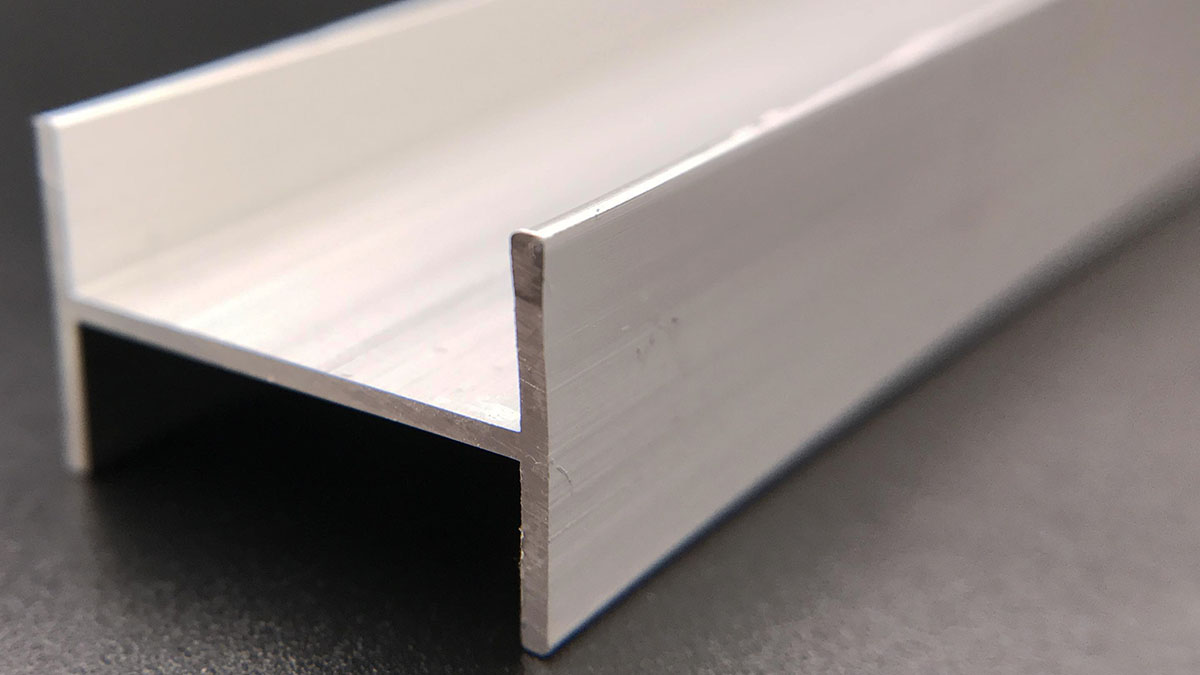My thoughts about sleeving aluminium coolant pipes.
I know what happens when moisture gets trapped between the wrap with mild steel headers who are wrapped.
Aluminium is a great heat conductor but doesn't like moisture as it will corrode heavely. So I would never heat wrap my coolant pipes, I rather have my coolant pipes radiant the heat and vapourise any moisture that traps inside the tunnel.
I used heat insulation mats on top of the tunnel to keep the heat out of the drivers compartment.
My brake & clutch lines run over the insulation inside the drivers compartment and are covered by a large U shape aluminium tunnel cover that slides over the tunnel.
Only pipe work that runs through my tunnel ar the two aluminium cooland pipes and one copper radiator vent pipe that runs from top rad to expansion tank.
There are definitely disputes I have been seeing on various forums regarding fiberglass wraps over the years - I've used it myself in other applications with success (mild steel headers). Both sides have valid arguments. Indeed, heat does generate moisture - that is a fact.
Improper wrapping will accelerate corrosion and shorten the lifespan of the the parts in question, however, this is aluminum, and its corrosion resistance is quite impressive. It doesn't rust per se, but obviously, it can corrode. I'm having to spend many hours cleaning up my G96/01 that has surface oxidation. Not a fun process, and I don't know which is worse, trying to remove surface rust from steel, or removing oxidation from aluminum.
That said, these are not daily drivers, and in reality most of the replicas I've seen have very low mileage. In other words, How much of a factor could corrosion even be (it's a legitimate question)? I've personally never seen a GT40 replica with more than a few thousand miles on them. If there is corrosion that finally becomes serious enough to address, I'm guessing that's going to be long after I'm gone. When that time comes, it can be the future owner's project to replace the coolant tubes.
That's my thinking, of course (and I could be totally wrong) - I'm not a metalurgist, and I don't play one on TV - which is also why I'm hoping someone who has actually wrapped (or something similar) the coolant tubes and has enough years on them to share their experience in the longer term can comment. I couldn't have been the only person to actually want to try this, and I see some other members who have expressed interest in doing something similar, so additional input isn't just helping me (although I certainly appreciate it) - it's potentially helping others who are entertaining the same thing.
Of note, that tunnel will have air flowing through it, I imagine, and that also should help mitigate moisture-related issues, shouldn't it?
For anyone interested in the properties of aluminum (focused on corrosion resistance), I read this and thought it was pretty good..
Does Aluminum Rust or Corrode? Aluminum does not rust or corrode under most conditions of use and has high corrosion resistance.

www.theworldmaterial.com
Nice setups, gents, and thanks for the input and pictures so far. It gives me something to think about.


